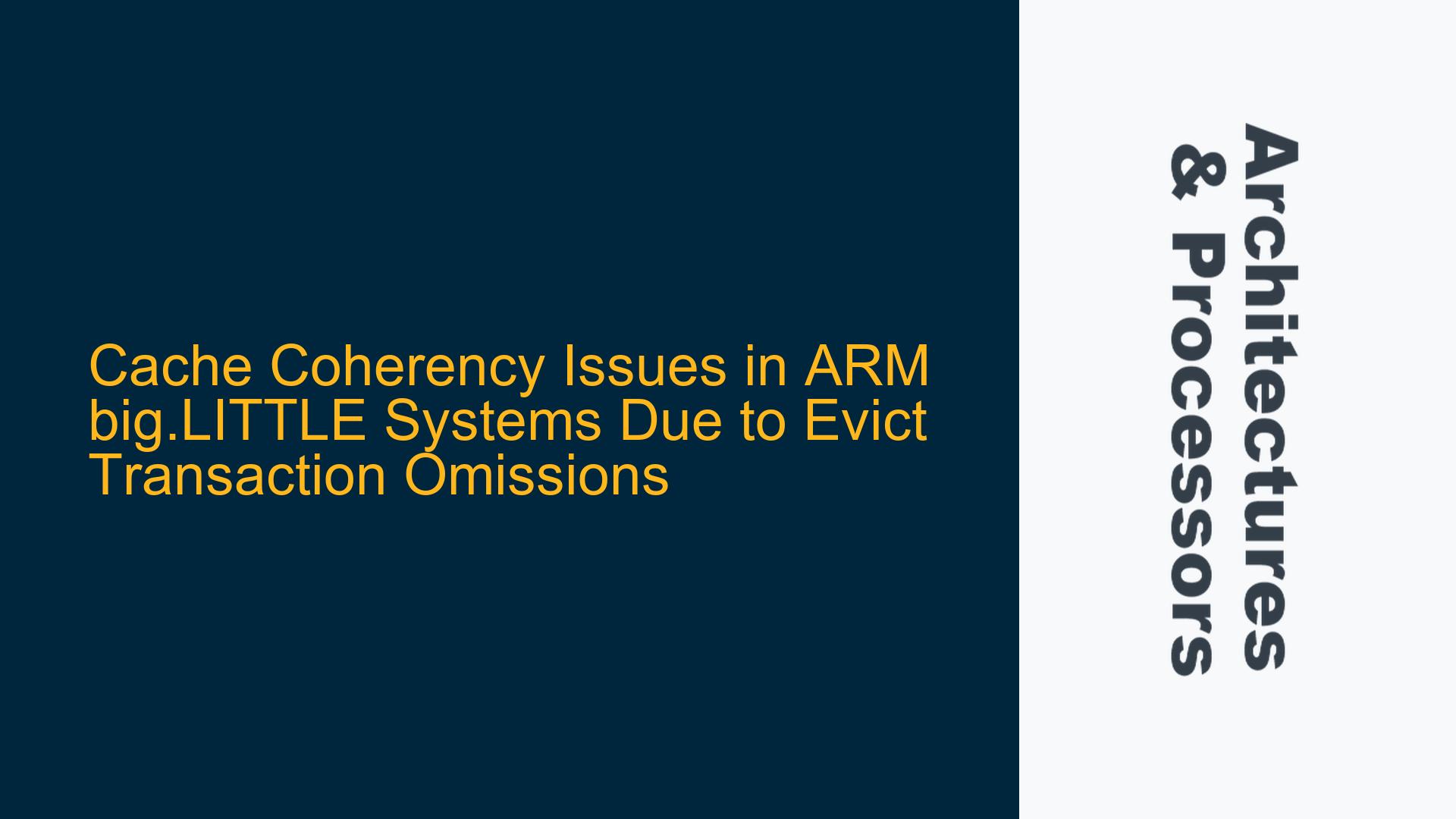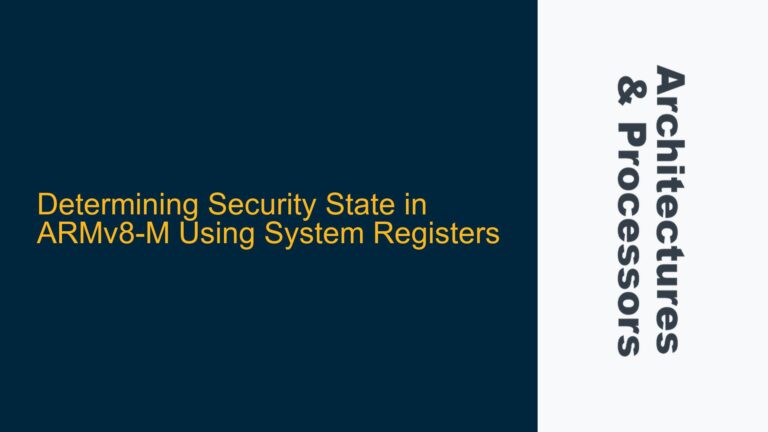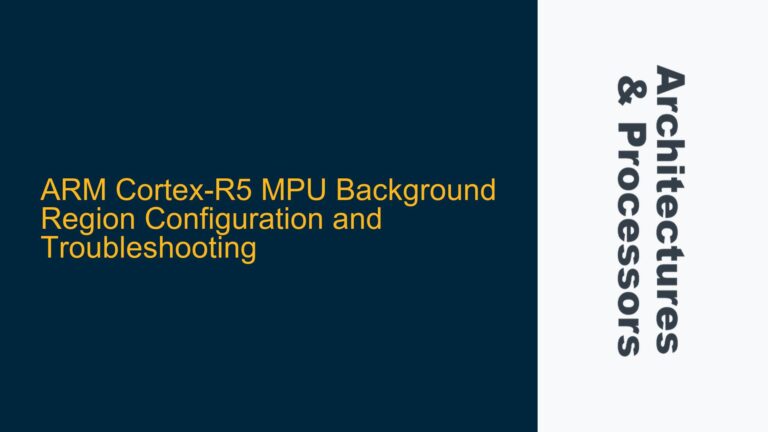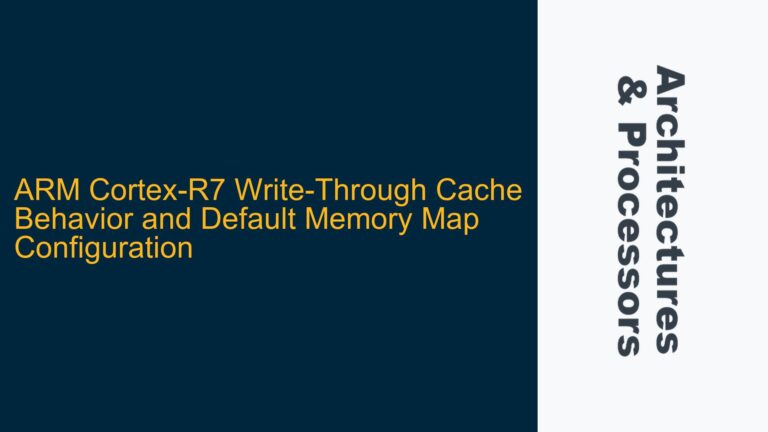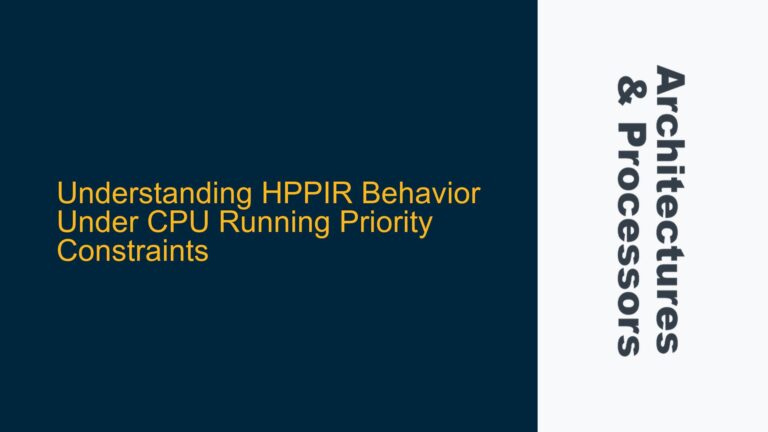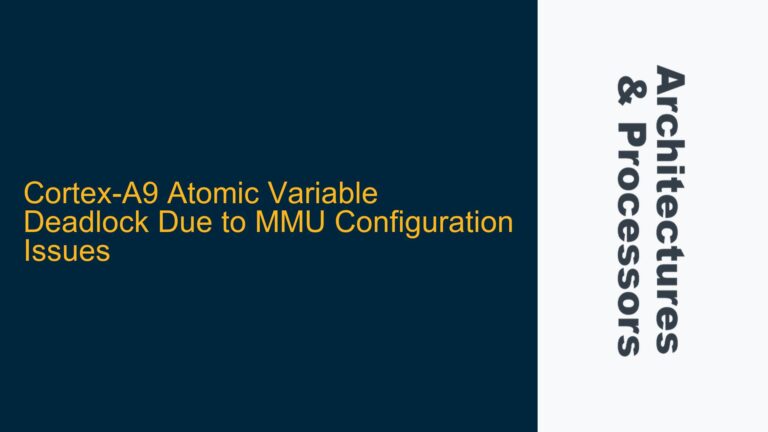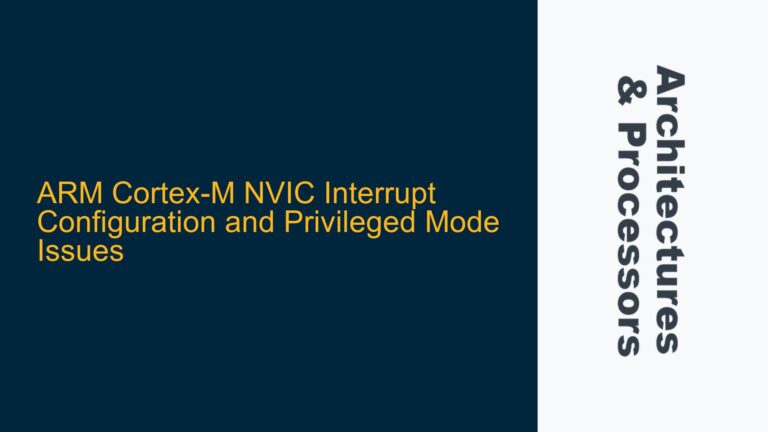ARM Cortex-A53 Cluster Cache Eviction Without Proper Transactions
In ARM big.LITTLE systems, cache coherency is maintained through the ACE (AXI Coherency Extensions) protocol, which ensures that all cores within a cluster have a consistent view of memory. The Cortex-A53 cluster, as an ACE master, communicates with the Arm CCI (Cache Coherent Interconnect) to manage cache coherency. The CCI employs a snoop filter to track cache lines and ensure that transactions such as reads, writes, and evictions are properly handled across the system. However, there are scenarios where a Cortex-A53 cluster may evict cache lines without sending the required evict transactions to the CCI. This can lead to cache coherency issues, where one core may have stale data while another core has the updated version, resulting in unpredictable system behavior.
The ARM Cortex-A53 Technical Reference Manual (TRM) highlights this behavior in Table 7-9 of Section 7.2.1, where it describes the conditions under which evict transactions may not be generated. This omission can occur due to hardware configurations, software errors, or specific system events such as ECC (Error-Correcting Code) errors. Understanding these scenarios is critical for diagnosing and resolving cache coherency issues in ARM big.LITTLE systems.
Programmable Register Misconfiguration and ECC Error Handling
One of the primary causes of cache eviction without proper transactions is the misconfiguration of programmable registers within the Cortex-A53 cluster. These registers control whether evict transactions are generated when cache lines are evicted. If the register responsible for enabling evict transactions is not set correctly, the cluster may invalidate cache lines without notifying the CCI. This misconfiguration can occur during system initialization or due to a software bug in the firmware or operating system.
Another cause is related to ECC errors. ECC is used to detect and correct memory errors, ensuring data integrity. When an ECC error is detected, the Cortex-A53 cluster may invalidate the affected cache line to prevent the propagation of corrupted data. In such cases, the cluster may not generate an evict transaction, as the invalidation is triggered by an error condition rather than a typical cache management operation. This behavior is not a violation of the ACE protocol but can still lead to cache coherency issues if not properly handled.
Additionally, the ACE protocol does not mandate that evict transactions be sent for every cache line eviction. This flexibility allows for optimizations in certain scenarios but can also result in unexpected behavior if the system design assumes that all evictions will be communicated to the CCI. Understanding these nuances is essential for diagnosing cache coherency issues in ARM big.LITTLE systems.
Diagnosing and Resolving Cache Coherency Issues in ARM big.LITTLE Systems
To diagnose and resolve cache coherency issues caused by omitted evict transactions, a systematic approach is required. The first step is to verify the configuration of the programmable registers within the Cortex-A53 cluster. Ensure that the register responsible for enabling evict transactions is set correctly. This can be done by reviewing the system initialization code and the firmware or operating system settings. If a misconfiguration is detected, update the register settings to ensure that evict transactions are generated as expected.
Next, investigate the occurrence of ECC errors. Monitor the system for ECC error events and analyze the logs to determine if any cache lines were invalidated due to such errors. If ECC errors are frequent, consider improving the system’s memory reliability by using higher-quality memory modules or implementing additional error detection and correction mechanisms. Additionally, ensure that the system software is designed to handle ECC errors gracefully, including proper cache management and data recovery procedures.
To address the flexibility in the ACE protocol regarding evict transactions, implement additional cache management strategies. For example, use data synchronization barriers (DSBs) and cache maintenance operations to ensure that cache lines are properly invalidated or cleaned before they are evicted. This can help maintain cache coherency even in scenarios where evict transactions are not generated. Additionally, consider using hardware performance counters to monitor cache behavior and identify any anomalies that may indicate cache coherency issues.
Finally, conduct thorough testing to validate the effectiveness of the implemented solutions. Use stress tests and real-world workloads to simulate various scenarios and ensure that cache coherency is maintained under all conditions. If issues persist, consider consulting the ARM documentation and community forums for additional insights and best practices.
By following these steps, you can effectively diagnose and resolve cache coherency issues in ARM big.LITTLE systems, ensuring reliable and predictable system performance.
